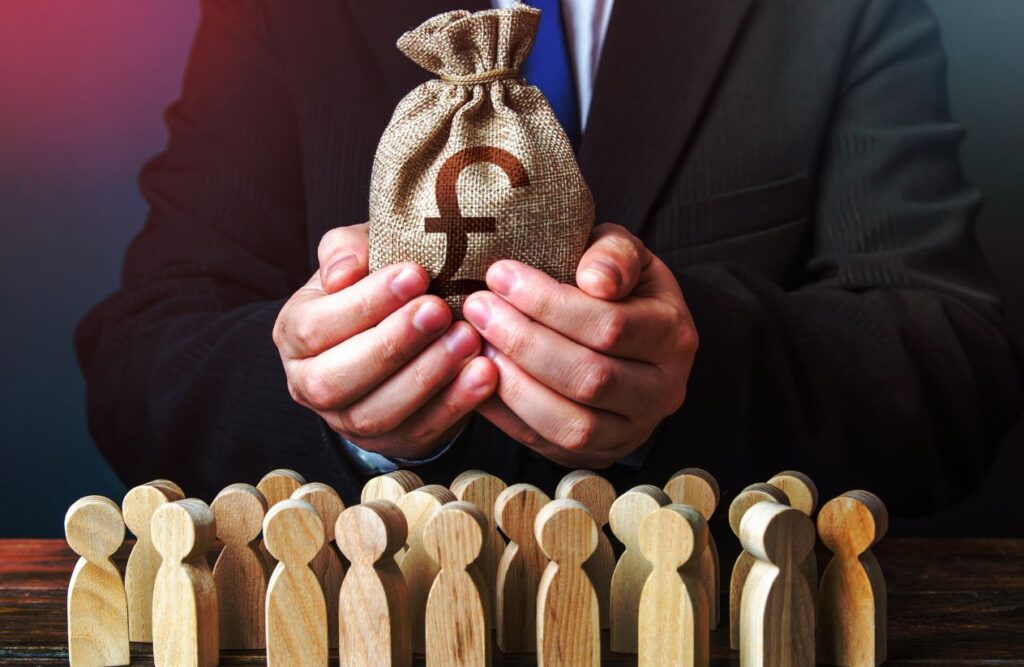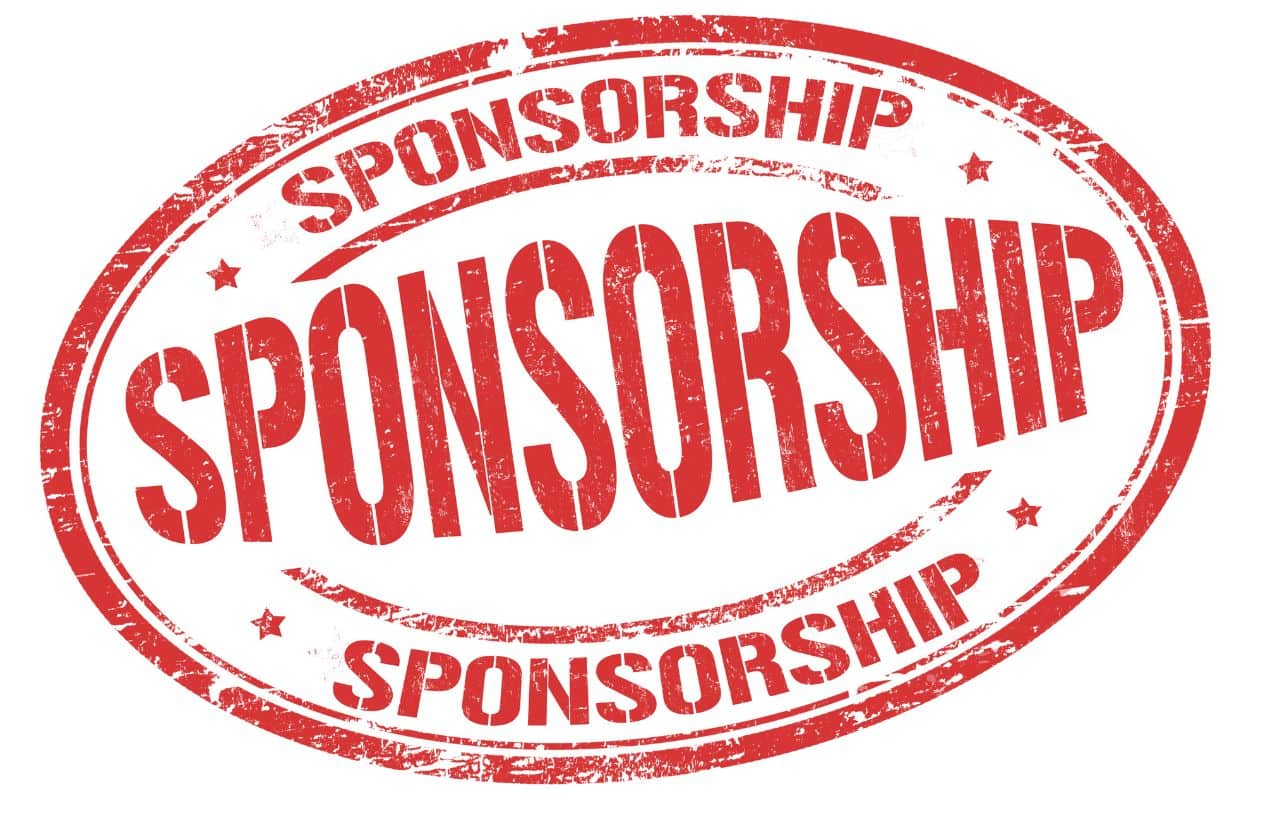Table of Contents
Understanding the Importance of Measuring Sponsorship Effectiveness

For seasoned concert and festival promoters, gauging the efficacy of sponsorships is not just about crunching numbers or ticking boxes; it’s about understanding the symbiotic relationship between events and their sponsors.
This nuanced approach ensures that both parties derive maximum value from their partnership, turning ephemeral engagements into long-term successes.
Maximizing Sponsorship Value
At the core of measuring sponsorship effectiveness lies the ability to quantify its value in real terms.
For promoters, this means going beyond mere exposure metrics, such as logo placements or mentions, to assessing deeper impacts like attendee engagement, brand sentiment, and the alignment of brand values between the sponsor and the event itself.
By employing a mix of qualitative and quantitative techniques, promoters can paint a more comprehensive picture of a sponsorship’s worth, enabling them to negotiate more strategically in future deals.
Assessing Impact on Attendee Experience
Another critical aspect of measuring sponsorship effectiveness is evaluating its impact on the overall attendee experience.
This includes examining how sponsored activities or installations contribute to the event’s ambiance, entertainment value, and memorability.
A positive enhancement of the attendee experience not only bolsters the event’s reputation but also strengthens the sponsor’s connection with the audience, creating a fertile ground for building brand loyalty.
Leveraging Data for Future Success
To stay ahead in the dynamic landscape of concert and festival promotion, understanding the success of past sponsorships through comprehensive data analysis is indispensable.
This involves collecting data on attendee behaviors, sponsor recognition rates, and the overall return on investment (ROI) for both the event and its sponsors.
Armed with this information, promoters can make informed decisions, tailoring future sponsorships to better meet the evolving needs of both their events and sponsors, ensuring a cycle of continuous improvement and mutual benefit.
Key Metrics for Evaluating Sponsorship Performance

Evaluating the performance of sponsorships is critical to understanding the impact on your event.
By carefully analyzing key metrics, you can offer valuable insights to sponsors, ensuring continued support and collaboration. Here are some of the most critical aspects to measure:
Brand Exposure and Engagement
One of the primary goals of sponsorship is to enhance brand visibility and interaction with potential customers.
Measuring this involves tracking the number of times the sponsor’s logo or message is seen across various platforms, including social media, event signage, and promotional materials.
Engagement metrics such as likes, shares, comments, and mentions on social media provide insight into how actively the audience interacts with the sponsor’s brand.
Additionally, conducting surveys before and after the event can help gauge changes in brand awareness and perception among attendees.
Return on Investment (ROI)
Calculating the ROI for sponsors is pivotal in demonstrating the direct financial value of their investment.
This involves comparing the cost of the sponsorship against the benefits derived, which can include lead generation, sales at or following the event, and the value of media exposure.
To accurately assess ROI, it’s necessary to have clear objectives and benchmarks set with sponsors from the outset, and a robust tracking system for leads and sales that can be directly attributed to the event.
Audience Insights
Gaining deep insights into the audience’s demographics, preferences, and behaviors can be incredibly beneficial for both the event organizer and the sponsor.
Assessing the match between the event audience and the sponsor’s target market is crucial. This can be achieved through post-event surveys, social media analytics, and other data collection methods during the event.
Understanding the audience’s reception of the sponsorship activation helps in tailoring future strategies to better meet the audience’s needs and interests, thereby increasing the effectiveness of sponsorships.
By focusing on these key metrics, concert and festival promoters can provide sponsors with valuable feedback on their investment, fostering stronger relationships and paving the way for future collaborations.
Tracking and analyzing these areas will not only demonstrate the value of the sponsorship but also help in optimizing event strategies for better engagement and returns.
Enhancing Sponsorship Value: Tips and Strategies

As a seasoned concert and festival promoter, you know that successfully engaging sponsors is about more than just securing funding. It’s about creating value for both parties.
Here are some tried-and-true tips and strategies to help you enhance the sponsorship value, ensuring a win-win situation for your event and its sponsors.
Customizing Sponsorship Packages
Gone are the days of one-size-fits-all sponsorship packages. Today’s sponsors are looking for tailored opportunities that align with their brand values and marketing goals.
Start by understanding your potential sponsor’s target audience and how it overlaps with your event attendees.
Use this insight to create customized packages that offer unique activations, exclusive access, or branded content that speaks directly to their desired demographic.
Remember, a personalized approach not only increases the appeal of your event to sponsors but also demonstrates your commitment to fostering a mutually beneficial partnership.
Leveraging Digital and Social Media
Digital and social media have become indispensable tools in the event promotion toolkit, providing a wealth of opportunities to amplify sponsorship value.
Encourage your sponsors to get involved in pre-event buzz by co-creating content for social media platforms, livestreams, and other digital channels.
This collaboration not only extends the reach of your promotional efforts but also allows sponsors to engage with your audience in a more meaningful and interactive way.
Additionally, incorporating hashtags, sponsored posts, or behind-the-scenes looks can further enhance the sponsor’s visibility and engagement rates.
Measuring and Reporting Impact
To secure long-term sponsorship relationships, it’s crucial to demonstrate the value generated by their investment.
Develop a robust system for measuring key performance indicators (KPIs) such as engagement rates, social media impressions, and conversion metrics tied to the sponsored elements of your event.
Providing sponsors with clear, data-backed reports on these metrics not only showcases the impact of their involvement but also helps identify areas for improvement in future collaborations.
Transparent reporting builds trust and reassures sponsors that your event is a worthwhile investment that meets or exceeds their marketing objectives.
Case Studies: Successful Sponsorship Measurement in Action

Understanding the impact of sponsorships on events can pivot an ordinary event into a monumental success.
Through strategic measurement and tailored strategies, event organizers can unlock the true potential of their sponsorships.
In this section, we delve into real-world examples where experienced concert and festival promoters have leveraged sponsorship measurement to elevate their events.
Revolutionizing Music Festivals with Data-Driven Sponsorships
One standout example involves a large-scale music festival that was struggling to retain long-term sponsors despite its growing popularity.
The promoter, with decades of experience, decided to overhaul its approach to sponsorship measurement.
They implemented a comprehensive data collection strategy that encompassed social media engagement, direct attendee feedback, and real-time interaction tracking during the event.
This data not only helped in understanding the attendees’ interests but also in showcasing precise sponsorship impacts to current and potential sponsors.
Subsequently, this approach led to a 40% increase in sponsorship renewals and attracted higher-tier sponsors, significantly boosting the festival’s revenue and profile.
Enhancing Concert Experiences Through Targeted Sponsorships

Another case study highlights the journey of a veteran concert promoter who aimed to transform the concert experience through strategic sponsorships.
Recognizing the diverse audience demographics, the promoter utilized detailed market analysis to match sponsors with the right audience segments.
By measuring sponsorship effectiveness through audience engagement rates, merchandise sales, and sponsored interactive zones within the concert area, the promoter could demonstrate tangible benefits to sponsors.
This targeted approach not only heightened the concertgoer’s experience but also maximized sponsor satisfaction, leading to a 25% increase in sponsorship investment for subsequent concerts.
Leveraging Technology for Sponsorship Success in Cultural Festivals
Lastly, in the realm of cultural festivals, a promoter known for organizing large-scale events embraced technology to redefine sponsorship measurement.
By integrating RFID (radio-frequency identification) wristbands and mobile apps, the promoter could track attendee movements, spending patterns, and engagement levels with various sponsorship activations.
This real-time data allowed for dynamic adjustments during the event and provided compelling evidence of sponsorship impact post-event.
As a result, sponsors were more inclined to engage in deeper partnerships, and the festival saw a considerable enhancement in both sponsor and attendee satisfaction, paving the way for a new era of interactive and mutually beneficial sponsorships.
Through these case studies, it’s evident that embracing sophisticated measurement strategies can significantly amplify an event’s appeal to sponsors while enriching the overall attendee experience.
These real-world examples serve as a testament to the power of strategic sponsorship measurement in transforming events into remarkable successes.
Sponsorship Measurement– Frequently Asked Questions
As a veteran in the field of concert and festival promotion, I’ve encountered countless questions regarding the intricacies of sponsorship.
Over the years, the dynamics of securing and optimizing sponsorships have evolved, leading to a nuanced understanding of what truly drives success in this domain.
This FAQ section delves into some of the less obvious yet crucial aspects of sponsorship that can dramatically enhance the impact of your event.
What metrics are most important to sponsors?
Don’t just focus on attendance! Engagement levels, social media reach, and the quality of interaction between attendees and the event are just as valuable. Sponsors crave deeper analytics into audience behavior to gauge how well their investment is doing.
Should I create one-size-fits-all sponsorship packages?
Customization is key! Sponsors want their brand’s values and goals to align with the experience. This may mean unique events within your event catered to their target audience or exclusive digital content for them to share. Understanding each sponsor allows you to tailor packages that are both attractive and effective.
How can technology enhance sponsor engagement?
Tech is a game-changer! AR, VR, and interactive apps create immersive brand experiences for attendees. Social media integration boosts real-time interaction and sharing, increasing reach for both the event and the sponsor. Embracing these tools makes your event even more attractive to sponsors.
In summary, uncovering these insights on sponsorship can significantly influence the success of your event. By focusing on metrics that matter, offering tailored sponsorship packages, and leveraging the latest technology, you can build stronger, more effective partnerships that benefit all parties involved.





